Written by Guest Contributor on The Prepper Journal.
Editors Note: Another article from Konrad Vinson to The Prepper Journal. As always, if you have information for Preppers that you would like to share then enter into the Prepper Writing Contest with a chance to win one of three Amazon Gift Cards with the top prize being a $300 card to purchase your own prepping supplies!
Preppers are problem solvers, disaster planners before the fact. Potential situations are things we know may come to pass. Most preppers are ready for the curve balls Mother Nature can throw. Most natural events only cause a brief hiccup in our lives and infrastructure. (Notable exceptions: Hurricane Katrina, Hurricane Maria) However, for preppers, identifying risks, is an intellectual pursuit, a thought exercise to solve for our family and community well being. What is the likelihood a natural event will occur? How likely am I to be dealing with a dirty bomb fallout at the end of the day? Except for earthquakes, most natural events are predicted and tracked with reasonably quick communication from the government, usually with time enough to prepare, flee, or shelter.
But anticipating basic human needs as a priority is the most versatile preparation. Most preparations for less exotic scenarios such as after a hurricane, long-term loss of electricity, loss of tap water are just as needed for those big sexy scenarios we build to challenge our minds and planning. Before we purchase exotic preps for complex super-sexy scenes, let’s review the essentials for clean air, clean water, nutrition, clothing, hygiene, first aid, and basic security.
The Big Scenarios We Love To Solve
We all have an existential curiosity about these possible events, they are reasonable, and nobody doubts they could occur. The prepping/survival communities discuss, share ideas, share theories, and otherwise consider what might happen in these situations. These have different problems to solve beyond the essentials. They also have on-ramps into politics and conspiracy—definitely the sexy end of prepping.
- Will the event be nuclear attack by a foreign government?
- Dirty Bomb (radioactivity) introduced by a hostile entity?
- A Biological agent introduced by some hostile entity?
- A Chemical agent introduced by some hostile entity?
- Toxicity, some under-regulated producer, spills or intentionally dumps substance into water supplies or residential areas?
- Electromagnetic Pulse (EMP) or Air-Burst Nuclear detonation from some unknown government?
- A natural pandemic arising from degraded sanitation across the region or nation?
- Mr. Robot Cyber hack which creates global financial and social chaos
- Any other scenario I haven’t mentioned which could reasonably happen. (I do not prep for zombies or supernatural events, but if this figures for you—I’m pulling for you.)

All of these events are viable in theories, but none have come to pass in any substantial way. YET. In my state, every so often, toxicity is an issue. Hog producers are caught dumping slurry in streams or rivers. Other times, swine sewage lagoons fail and rupture without any malice. The resulting fish kill in the waterways is not a big “Who Dun It” for the State Department of Natural Resources. Follow dead fish till you find the source toxin. Fines made, fines paid.
But preppers are trying to solve for problems ahead of time. We seek to solve these problems. We talk about, review, share and discuss our ideas every day. We love to talk about the BIG scenarios. The Big Scenarios are fun and intellectually tantalizing. However, reviewing one’s essential preps should account for most of the critical problems for nearly all events, big and small. Maybe we will find room for improvement in our foundational preparations. But before I go purchasing Geiger counters, expensive hazmat suits, or build a pressurized airlock to my porch, the essentials remain the priority. I prep for the basics in an ongoing process of testing, getting the optimal working gear and supplies for sustained events in my situation. There may come a day when I build that airlock, but I have a ways to go.
We cannot escape the basics we need as humans.
What We All Need:
Clean air: Respirators with various levels of filtration available at the outset of an event. One needs to remove the old filters and put on fresh ones from an unopened package. Generally, manufacturers of respirator filters rate them at six months of use. Then the disposable filters are changed out, the old ones discarded.
My shop respirators are NIOSH-approved P-95 types and used strictly for particulate matter and paint or lacquer fumes. P-95 masks can protect from a lot of bad stuff. The cartridges are available in paint stores, home improvement stores, and over the internet. I prefer a full face for prepping so I can wear prescription glasses inside the mask, my eyes protected. Half face masks are available too.
Sheet rock dust, because it is so fine-grained, can be challenging to filter using a cheap emergency respirator. Don’t underestimate it. There are 9/11 victims still suffering due to sheet rock dust from collapsed the buildings. Respirators for everyone in a party stowed in a Pelican Box, ammo can, large freezer bags in a plastic tub or anything with a gasket seal is a great prep. And is essential protection for any scenario, garden variety or exotic.
Acquire compatible respirators and filters with a variety of filtration capabilities for everyone in your family or group. Understand, once deployed filter media on most makes of respirator is rated at six months. A three-year-old mask with the original filter may leave you exposed. Purchase extra filter-media for different pollutants. Keep them in their original plastic wrapper. You may want to prep for a worst of the worst scenario and lay in gas masks which have different filtration abilities by all means. If purchasing for family or a group, try to acquire compatible respirators. Also, buy “in date” non-expired filter canisters.
Whichever the product you choose; respirators or gas masks, throw a generous amount of Vaseline Petroleum Jelly in the kit. Vaseline can make up for gaps in a device’s fit on a child, person with facial hair, or otherwise ill fit. Vaseline and Duct Tape can help out in a pinch! (Any petroleum jelly will work.)
Consider the utility of an Arab style shemagh scarf. Some military personnel use these simple scarves in adapting to the various Arabian climates. Conveniently it’s around your neck, in your rucksack, or a pocket. A shemagh is versatile in how it is worn and could pre-filter your respirator, or in a pinch, filter out fine sand-like particulate matter until you reach your cache of more robust filtration.
In bunker scenarios, one prep is to have an air intake and exhaust. DC or solar power supplies often power these. Consider taking an old squirrel cage blower, sans motor, and weld a hand crank on it. Size a flexible rubber connector for emergency connection. If your vent has a standard “China Hat” consider an old air cleaner and automotive filter media to reduce pollution in the bunker or shelter.
Water about 1-2 gallons a day: In shelters larger storage containers can be supplied. Or pallets and cartons of water bottles can be stored. Maybe some combination.
Locate a water test kit and learn how to use it. Also learn what common contaminants are in your area. The water supply can filter organic matter, for taste, and otherwise prepared for storage by inline filters before storing water. Purification methods like tablets or large boiling pots may be needed while pump filters and life straws are useful for mobile survivalists, or preppers in transit to a shelter, or get home plans.
Some of the water quotas in various disaster planning guidelines will be for drinking and cooking. Some of each water quota is for equally important sanitation and hygiene. 1-2 gallons is not a lot of water. It’s a lot to drink. But add cooking, bathing, and health and there is little to spare. At home don’t forget your hot water tank. You can access from 40 gallons to 80 gallons of clean water using the drain cock and a garden hose.
Nutrition of around 2000-4000 calories: These calorie values need to factor in activity and any disease or dietary requirements by team members. When you are physically moving toward your destination: use the upper end of the scale. When riding out the wake of an event: use the middle or lower end of the scale. Save back some food, so when you are actively moving toward your destination again, you have enough calories to support this movement.
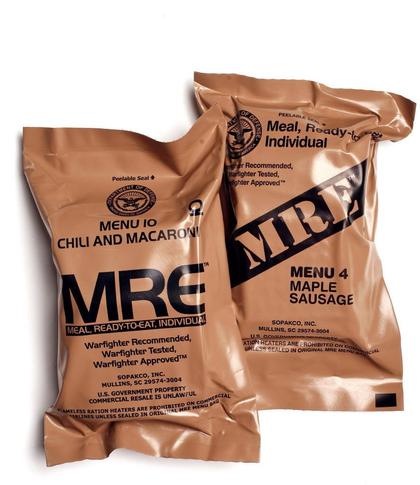
If you are trapped, or otherwise confined: You may need to ration below the low end of the scale. Of course fresh food is best. Convenience foods have plenty of calories so if you pass a grocery store or convenience store with any product left to grab the longest-keeping items. MREs have a long shelf life, can be warmed with their heating system, are relatively light, and require no pots, pans or clean up.
You want to bury or securely dispose of the wrappers and trash. Food, especially MREs, will be highly prized. Nobody need know your special magic, lest they want it for themselves, or at the least beg for rations, you hadn’t counted on giving away. Unless, of course, you anticipated the value of an MRE in an event or scenario and had extra meals on hand for barter purposes. Also look for pre-packaged meals. There are a lot of good options out there.
Appropriate Clothing, and shelter the elements.
Outerwear:
- Winter coat with a hood and which covers the wearers posterior. (Rothco N-3B Snorkel Parka)
- Snow pants or cotton duck coveralls
- Desert jacket- lightweight but protective from the sun and modest protection when desert suddenly cools off at night. Nicely matched for use with a shemagh. (Rothco Shemagh Tactical Desert Scarf – 8537)
Layers:
- A tee shirt
- Long sleeve shirt or Pendleton
- A vest or light sweatshirt is a versatile layer
Headgear:
- Winter stocking hat with a face mask
- Ball hat
- Boonie hat, or wide-brimmed hat for sun protection
- Sunglasses
- In winter conditions, consider tinted ski goggles
- A shemagh scarf.
Footwear:
- Footwear is a matter of taste: some folks like tennis or oxford style shoes. I like work or hiking boots without steel toes. I test out a pair, when satisfied, I buy another. Two pairs of boots last about three times as long
- I have been well-served for 50 years with boots priced under $100.00
- Leather Uppers
- A good tread pattern
- Replace the original shoestrings for heavy duty ones. Save the old ones in the ruck for a quick fix
- You can waterproof after purchase
- You should waterproof about ever 3-4 months depending on use
- 2 or 3 pairs of socks if marching all day. Toss a new plastic bag of twenty socks from your discount retailer.
Rucksack:
- Think carefully through the bag itself.
- Can you carry it for a day of strenuous marching toward your objective?
- Can you even carry what you need to get home?
- Is it worth investigating a cache of supplies or gear along the path I am traveling?
- Are the straps comfortable and adjustable?
- Is there a hip or chest strap? Does it help or feel weird?
Tent:
- Can you carry it on your rucksack? Is it the minimally sized bag you need?
- Ground cloth or tarp to go beneath it?
- Or no tent and use a tarp for shelter?
- Sleeping Pad/Air mattress. Sounds like a luxury, but without sleep, you will make poor time, or worse, poor judgments. Look, Tough Guy, even Marines use these sleeping pads
- A sleeping bag rated for the worst weather you expect to encounter. Maybe simple blankets if you expect fair weather.
Hygiene:
Hand washing is king. Any nurse will tell you, “Wash your hands more and keep your fingers away from your face!” Keeping your hands clean during an emergency helps prevent the spread of germs.
- If your tap water is not safe to use, wash your hands with boiled or disinfected water and soap
- Wet your hands with clean, running water (warm or cold) and apply soap
- Rub your hands together to make a lather and scrub them well; be sure to get the backs of your hands, in between your fingers, and under your nails
- Continue rubbing your hands for at least 20 seconds. Need a timer? Wash your hands long enough to sing or hum along to “Happy Birthday” from start to completion twice.
- Rinse your hands thoroughly under running water
- Dry your hands using a clean towel or air dry them
- A temporary hand washing station can be made using a large water jug containing clean water. Recapture this grey water with a bucket and use it for making flush toilets flush. How to Put a Garden Hose Spigot on a Five-gallon Pail |
- Washing hands with soap and water are the best way to reduce the number of germs on them
- If soap and water are not available, use an alcohol-based hand sanitizer which contains at least 60% alcohol
- Alcohol-based hand sanitizers can quickly reduce the number of germs on hands in some situations, but sanitizers do not eliminate all types of microbes or bacteria.
- Hand sanitizers are not effective when hands are visibly dirty
- Avoid contact with flood waters whenever possible. Avoiding flood water seems obvious, yet every flood produces victims–further clogging the medical systems. Not only are flood waters often contaminated with raw sewage, but they regularly contain industrial waste or agricultural chemicals at levels which may exceed your ability to treat with your first aid supplies. A trip to the hospital may not be an option depending during an event. If you must enter flood waters, try to clean yourself off, and ESPECIALLY any open wounds as soon as possible. Monitor exposed areas for rashes, redness, lesions.
- Educate children as to why flood waters are dangerous
- Keep pets leashed and away from flood waters.
Bathing:
- Check the safety of shower or bathing water when bathing or showering after a water-related emergency one should use safe water.
- Sometimes water which is not safe to drink can be used for bathing or showering–but do not swallow any of this sort of water or get it in your eyes.
- If you have a drinking water well, listen to your local health authorities for advice on using your well water for showering and bathing.
- If extensive flooding has occurred or you suspect your well may be contaminated, contact your local health department for well testing and disinfection information.
- Brushing your teeth after a water-related emergency should only be done with clean, safe water
- Keeping wounds clean and covered is crucial during an emergency
- Open wounds, sores, or rashes exposed to flood waters can become infected. To protect yourself and your family
- Avoid contact with flood waters if you have an open wound
- Cover clean, open wounds with a waterproof bandage to reduce the chance of infection
- Keep open wounds as clean as possible by washing well with soap and clean water
- If a wound develops redness, swelling, or oozing, seek immediate medical care
- Vibrios are naturally occurring bacteria which live in certain coastal waters. They can cause a skin infection if an open wound exposed to salt water or a mix of salt and fresh water, which can occur during floods
- Tetanus, other bacterial infections, and fungal infections are potential health threats for persons who have open wounds.
Health:
- Take into account everyone’s medications, even the pets?
- What alternative pharmacies can I use if my usual one is knocked out and I need medicine?
- What needs will any elderly or special-needs members of the family or team require? (Ramps, wheelchairs, particular vehicle, pets for comfort, items of comfort) If you make a list now, it may save distress in the future
- What are my options for healthcare if my primary physician’s facilities are knocked out?
- Do I have digital copies of family health records? If not how might I get them? If so, how best to archive them?
First aid:
The Duquesne University School of Nursing has excellent resources here for First Aid Kits in Disaster Preparedness. Think about stretchers. You may need one for a neighbor or team member. Stretchers, like seat belts, are not something you want to think about but darn glad you thought it through.
Security:
- Having a plan of where to meet up is good advice. Cell phones and landlines may either be instantly jammed or nonfunctional in an event
- Having some code word, code phrase, or shared memory only your family would know isn’t a bad idea
- If on foot, you might consider not wearing apparel which looks military or makes you look “like a prepper.” You want to blend in, go unnoticed.
I think you will agree, for all the big sexy scenarios we imagine, there is always room for improvement in our preps for essential human needs. We have constant work to do improving or maintaining gear, or if not, then widening available supplies, or adding depth and longevity to them. I work to “bug-in” at home. We want to get home to great neighbors and tend to think there is safety in numbers, especially when it comes to our elderly and special needs neighbors.
In my case prepping is more of stewardship to my family and neighbors. I buy extra food; when it gets close to the use by date, it goes to the food pantry. If the event happens and we are all in the soup together, I have some food to spare. If the electricity goes out for a few days, we pull all the grills together in the street and have a BBQ party cooking meat and frozen goods before they go bad.
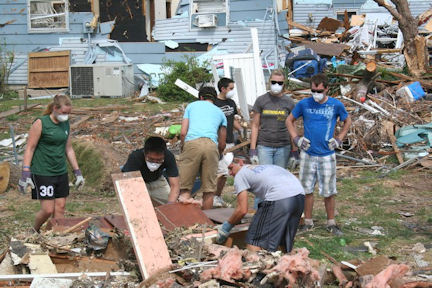
One civilian experience which informs my thinking is that where I live has a long-honored rural tradition of neighbors helping each other. In the aftermath of the 2008 Parkersburg, Iowa tornado, I witnessed, less than an hour after the natural event, neighbors helping neighbors, the sounds of chainsaws clearing roadways before first responders or FEMA was on the scene. SHTF. For many in Parkersburg, it was TEOTWAWKI. There was no societal breakdown. No shootouts. No looting. People were more in need of a charger for their cellphone than .357 ammo, so I generally do not focus much on weapons.
I don’t don’t want you to misunderstand me—I have weapons—but I feel no need to advertise what I have or where I have it. One further security consideration: If you have Second Amendment or NRA membership stickers on your vehicle, get a scraper. Proud as you may be of the political or cultural statement on your back window or the bumper, you might have placed a target on your car or truck. It tells people exactly where they can acquire a weapon.
During an event, a once harmless sticker might come to read “follow me home and wait for a chance.” Don Corleone in the Godfather is a great model for individual preppers, “Never tell anyone outside the Family what you are thinking again.” You could educate children not to discuss this aspect of family life. Not out of shame, rather just good security. The less even your beloved neighbors know about your prepper-life, the better. You want to help others on your terms. You do not want to create a situation like “The Shelter” on the old show The Twilight Zone.
As I write this on a Monday, over this last weekend, six hunters got shot in Iowa. One young man died at the hands of a person in his hunting party. Good preppers should practice the most stringent gun safety. Take a refresher hunter safety or gun safety course. A competent firearms owner needs to practice putting rounds downrange and exercising gun safety regularly. Tenderfoot civilians with guns are pure chaos. I am more likely to get shot in a public hunting reserve during deer season than in the roughest neighborhood in the nearby metro area. Maybe you, too, have seen people in sporting goods stores sweeping the muzzle of a weapon across the backs of other customer’s heads or even faces of sales staff nearby when handling a firearm.
We all have to start somewhere, but let preppers be good, vocal examples of safety. Be part of the solution and not a part of the problem for your neighbors, your community, local LEO and First Responders.
Follow The Prepper Journal on Facebook!
The post A Foundation for the Big Preps appeared first on The Prepper Journal.
from The Prepper Journal
Don't forget to visit the store and pick up some gear at The COR Outfitters. How prepared are you for emergencies?
#SurvivalFirestarter #SurvivalBugOutBackpack #PrepperSurvivalPack #SHTFGear #SHTFBag

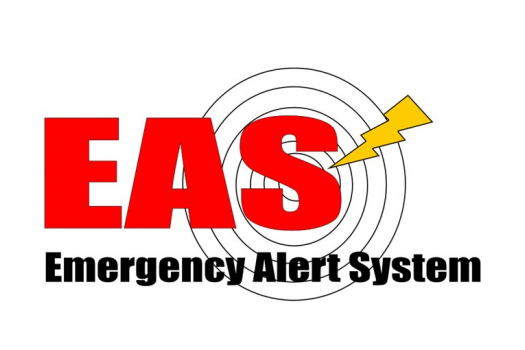
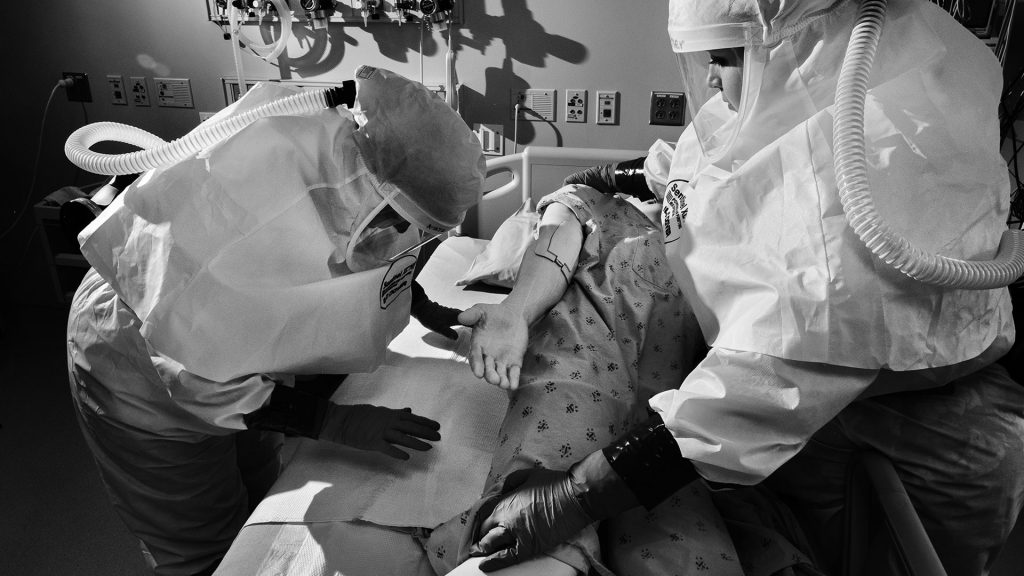
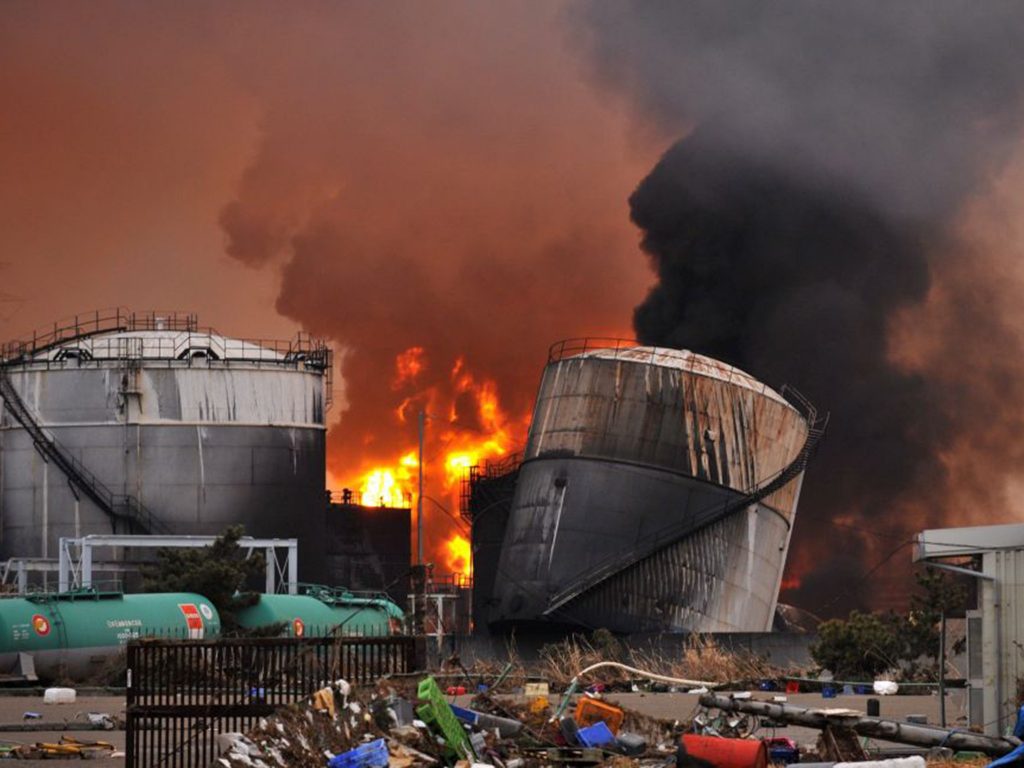

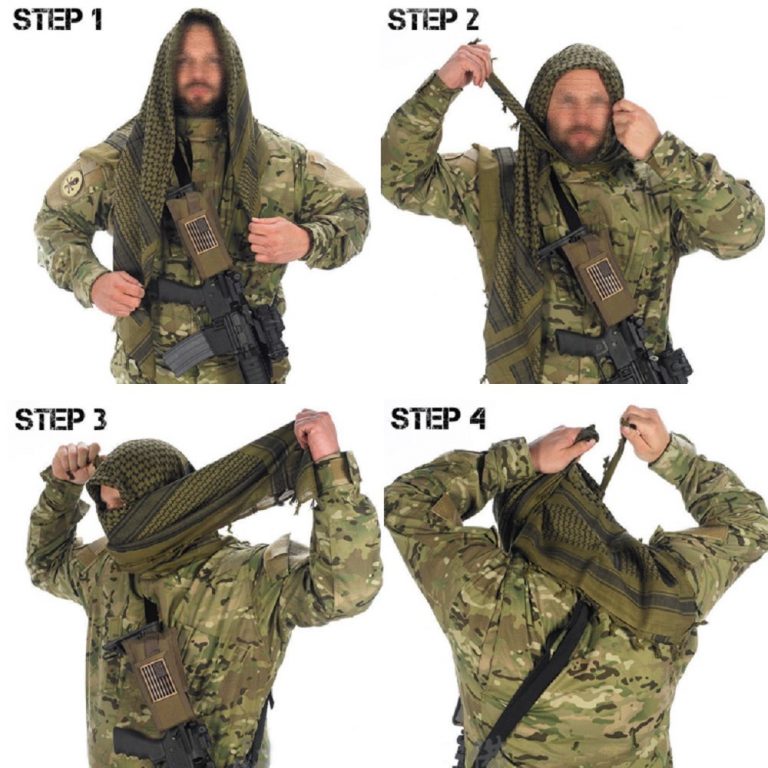
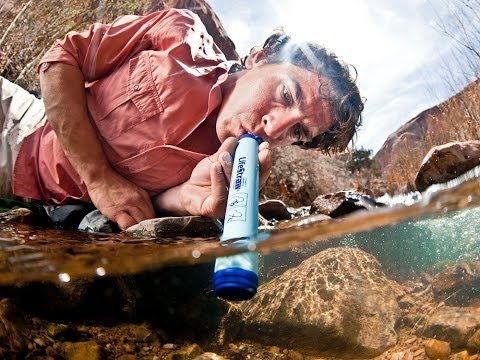
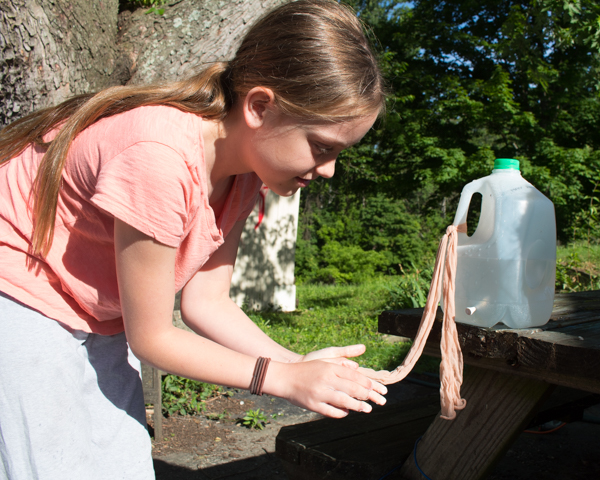
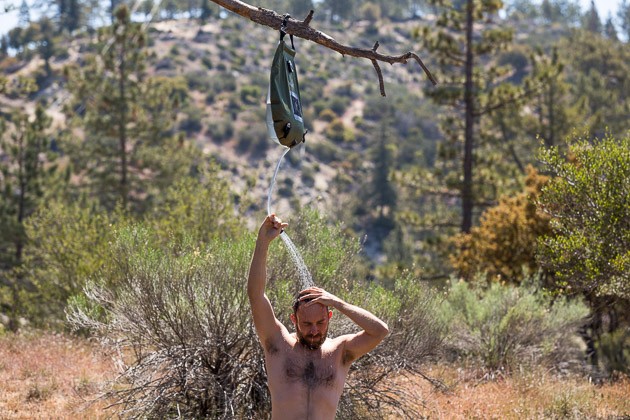


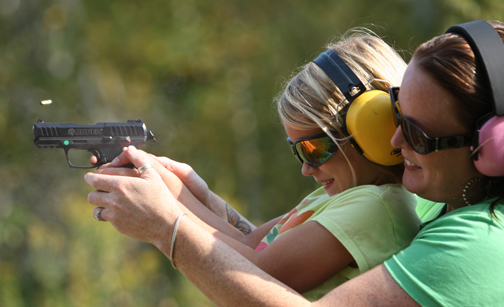
No comments:
Post a Comment